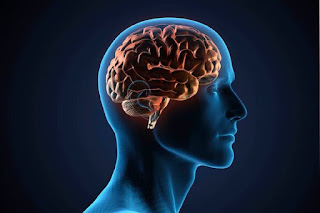A brief overview of the brain

A brief overview of the brain The human brain is a highly complex organ, made of countless neurons and fibers; white matter and gray matter; lobes and glands. These structural components give the brain its form, but the way they connect with each other gives the brain its function. Until recently, scientists could only really study one aspect (structure or function) of the brain at a time. But now, scientists from several disciplines have worked together to study brain structure and function simultaneously and offer a new atlas for studying the whole brain at once. A new study published in Scientific Reports combines the best of several disciplines: neuroscience, image processing, and network theory. Researchers evaluated the brains of healthy adults to analyze the brain’s structural components and their functional activities. Diffusion images provided information about structural connections and functional magnetic resonance images provided informati...





